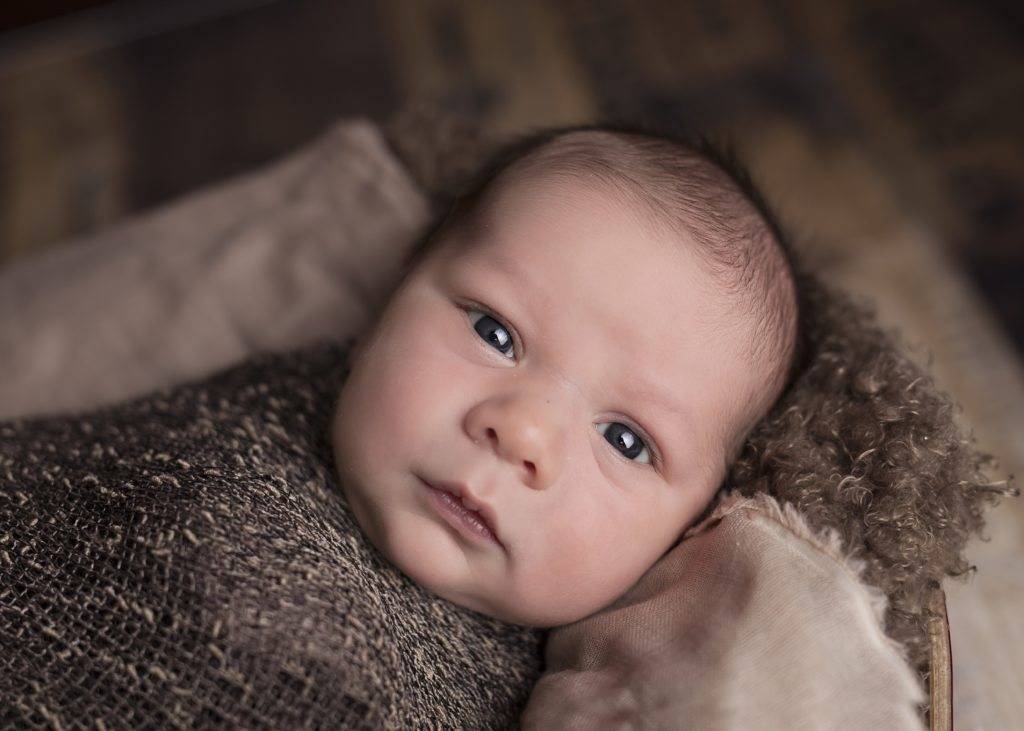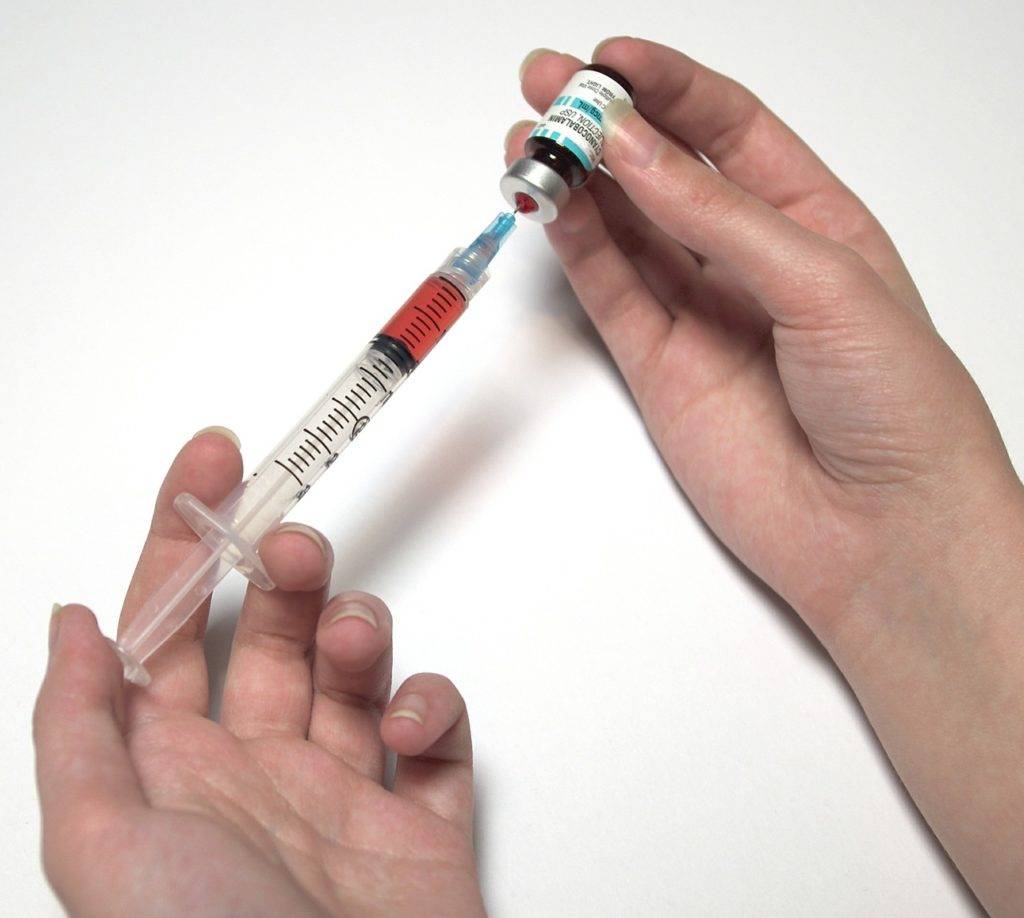When it comes to child health, few medical breakthroughs have been as transformative as the hepatitis B vaccine. What began as a frightening global epidemic in the 20th century has been dramatically reduced–thanks to research, international cooperation, and parental awareness.

The Hepatitis B vaccine stands out for its significant impact on saving lives, protecting families, and preventing a silent yet deadly disease. The journey of this vaccine is full of game-changing moments—scientific breakthroughs, public health victories, and stories of how babies around the world were given a healthier future.
For young moms making decisions today, it helps to know the real history—the years, the studies, the turning points, and the incredible results—that prove the hepatitis B vaccine is safe, effective, and life-saving for millions of newborns. Here’s the story.
What Is Hepatitis B and Why Is It So Dangerous?
Hepatitis B is a liver infection caused by the Hepatitis B virus (HBV). Unlike the flu or a cold, this virus doesn’t just go away quickly. It can stay in the body and become a chronic infection. That means it lasts for years, sometimes a lifetime. Why is this a problem?
Chronic Hepatitis B can lead to serious health problems like liver cancer, liver failure, or cirrhosis (scarring of the liver). Babies who catch it at birth are especially at risk—up to 90% of infants infected at birth develop chronic disease. This is where the vaccine became a lifesaver.
Game-Changing Moment #1: The Early Days of Discovery of the Hepatitis B Virus
Before there could be a vaccine, doctors needed to know what they were fighting.
1965 – The “Australia antigen” is identified
Dr. Baruch Blumberg discovered a strange protein in the blood of an Australian aborigine. It turned out to be part of the hepatitis B surface antigen virus (HBsAg). This discovery opened the door for vaccine development because researchers now had a target.
This discovery earned him the 1976 Nobel Prize and laid the foundation for a vaccine.
1970s – Plasma-derived vaccines are developed
Game-Changing Moment #2: The First Hepatitis B Vaccine in 1981
1981 – The first Hepatitis B vaccine was licensed in the US.
Unlike traditional vaccines made from weakened viruses, this one was made from purified proteins. Researchers purified the surface antigen from the blood of HBV carriers. It was one of the first times a vaccine was developed against cancer risk since chronic hepatitis B is a leading cause of liver cancer.
This was revolutionary in medical science. Doctors and public health leaders quickly saw the potential: if given to babies, this vaccine could prevent a lifelong infection before it even started. For families, this meant hope.
Game-Changing Moment #3: The Shift to Recombinant DNA Technology, Moving to Safer Vaccines
1986 – Recombinant DNA vaccine is introduced
Scientists had developed a new and safer version using recombinant DNA technology. In simple terms, genetic engineering allowed the production of hepatitis B surface antigen in yeast cells to produce the hepatitis B protein instead of taking it from the blood.
This vaccine (Recombivax HB) was safer and more scalable, avoiding blood-based sourcing. This new version was more effective, safer, and easier to produce in large amounts. It made the vaccine accessible worldwide, not just in wealthier countries.
1989 – Engerix-B is licensed
A second recombinant hepatitis B vaccine entered the market, increasing the vaccine’s availability worldwide.

Game-Changing Moment #4: The WHO Recommendation to Vaccinate All Newborns
1991 – U.S. adopts universal infant vaccination
The CDC’s Advisory Committee on Immunization Practices (ACIP) recommended that all infants receive the hepatitis B vaccine, not just high-risk babies. This marked a turning point in U.S. public health.
1992 – WHO endorses global infant vaccination
The World Health Organization (WHO) made a landmark decision: they recommended that every baby in the world should receive the Hepatitis B vaccine at birth. They called for hepatitis B vaccination to be included in all national immunization programs. This set the stage for worldwide adoption. This was a bold step.
This move meant moving from selective vaccination (only high-risk babies) to universal vaccination. The reason was simple: you can’t always know which mothers are infected, so the safest way to protect all babies was to vaccinate them all.
Game-Changing Moment #5: Birth-Dose Protection
One of the most powerful strategies was the birth-dose—giving the vaccine within the first 24 hours of life. This simple act dramatically reduced the chances of a baby getting infected from their mother during childbirth. For many families, this was life-changing.
Parents could hold their newborn knowing they had an extra layer of protection right from the start.
Game-Changing Moment #6: Global Rollout and Millions of Lives Saved
2000s—The vaccine had spread globally.

Countries worked hard to make it part of routine immunization programs. Today, more than 1 billion doses have been given, and studies show it has prevented at least 20 million deaths from liver cancer and other complications. Babies who might have faced a lifetime of illness are now growing up healthy and strong.
Game-Changing Moment #7: The Push to Eliminate Mother-to-Child Transmission
The newest goal is even more ambitious: ending mother-to-child transmission of Hepatitis B. With a combination of the birth-dose vaccine, regular testing of mothers, and safe antiviral treatment when needed, experts believe we can stop newborn infections almost entirely.
1984 – Taiwan launches nationwide infant vaccination
This is not just a dream. In some countries, like Taiwan, the strategy has already reduced childhood Hepatitis B rates by over 90%. Taiwan became the first country to adopt universal infant hepatitis B vaccination. Within 10 years, childhood infections dropped dramatically.
1990s – Childhood liver cancer had declined
By the 1990s, rates of childhood liver cancer had declined as well—clear proof the vaccine prevented cancer.
1991–2002 – U.S. childhood infections plummet
After the universal infant vaccination began, new infections in children fell by nearly 90%. This is one of the most dramatic success stories in vaccine history.
2000s – Perinatal prevention programs expand
U.S. states implemented Perinatal Hepatitis B Prevention Programs (PHBPPs) to ensure babies born to HBV-positive mothers received timely shots and follow-up.
Where We Stand Today
- As of 2019, global hepatitis B vaccine coverage for the 3-dose series reached over 80%.
- The prevalence of chronic HBV infection among children under 5 dropped to under 1%, down from nearly 5% before vaccination programs.
- The hepatitis B vaccine is now recognized as the first “anti-cancer” vaccine, protecting against liver cancer by preventing HBV infection.
Why This Story Matters to Parents Today
You may wonder: why revisit this history? Because it shows us the power of prevention. The hepatitis B vaccine is not just a shot—it’s peace of mind. When you bring your baby home, the last thing you want to worry about is a silent virus that could change their future.
Thanks to decades of research, breakthroughs, and global cooperation, parents now have the gift of protection right at birth.
What Parents Should Know About the Hepatitis B Vaccine
Here are some key points every parent should remember:
- It’s safe. The hepatitis B vaccine has been studied for decades and is extremely safe.
- It’s effective. When given at birth and followed by the full series, it provides lifelong protection.
- It prevents cancer. By stopping chronic infection, it prevents liver cancer later in life.
- It’s part of routine care. In the U.S. and many countries, babies receive the first dose within 24 hours of birth.
Looking Ahead: A Future Without Hepatitis B
The story of the Hepatitis B vaccine is not over. Scientists and doctors are now pushing for global elimination. With strong immunization programs, better access to care, and continued parental awareness, the dream of protecting every child is within reach.
When we look back, the game-changing moments in this journey show us how far we’ve come. From discovery to universal birth-dose vaccination, every step has saved millions of lives. And every baby vaccinated today brings us closer to a world free of Hepatitis B.
FAQs—the Hepatitis B Vaccine
Q1: Who discovered the hepatitis B virus?
Dr. Baruch Blumberg identified the Australia antigen (HBsAg) in 1965, earning the Nobel Prize in 1976.
Q2: When was the first hepatitis B vaccine licensed?
The first plasma-derived vaccine was licensed in 1981 in the U.S.
Q3: What made the recombinant vaccine safer?
It was made using yeast cells, not human blood, eliminating the risk of bloodborne contamination.
Q4: When did the U.S. start vaccinating all infants?
In 1991, ACIP recommended universal infant hepatitis B vaccination.
Q5: Did the vaccine reduce liver cancer rates?
Yes. In Taiwan, childhood liver cancer rates dropped significantly after the 1984 national infant vaccination program.
Q6. Why does my baby need the Hepatitis B vaccine so early?
Hepatitis B can be passed from mother to baby during birth, even if the mother doesn’t know she has the virus. Giving the vaccine in the first 24 hours of life gives your baby immediate protection. It’s one of the safest and most effective ways to prevent lifelong illness.
Q7. Is the Hepatitis B vaccine safe for newborns?
Yes, absolutely. The Hepatitis B vaccine has been given to millions of newborns worldwide for over 30 years. It has been carefully studied, and serious side effects are extremely rare. The most common effect is mild soreness where the shot was given.
Q8. How many doses does my child need?
Babies usually receive the vaccine in a series of three doses. This schedule helps ensure lifelong protection.
- Dose 1: At birth (within 24 hours)
- Dose 2: At 1–2 months of age
- Dose 3: At 6–18 months of age
Q9. What if my baby misses the birth dose?
Don’t worry—your baby can still start the series later. However, the birth dose is the best protection against infection passed on during delivery, so it’s important to get it on time if possible.
Q10. Does the hepatitis B vaccine protect against other types of hepatitis?
No, this vaccine only protects against Hepatitis B. There are different vaccines for Hepatitis A, but none yet for Hepatitis C.
Q11. Can adults get the hepatitis B vaccine, too?
Yes! Adults who are at risk (such as healthcare workers, caregivers, or people with chronic medical conditions) can also get vaccinated. It’s never too late to protect yourself.
Q12. Will my baby need a booster shot later in life?
For most children, the original vaccine series provides long-lasting protection. Booster doses are not usually needed unless your child has certain health problems that weaken the immune system.
Q13. What if I’m worried about vaccine side effects?
It’s normal to feel concerned. But remember—serious side effects are extremely rare. The risks of Hepatitis B (liver damage, cancer, lifelong illness) are far greater than the tiny risks from the vaccine. Your pediatrician is always happy to discuss any concerns.
Looking Ahead: A Future Without Hepatitis B
The story of the Hepatitis B vaccine is not over. Scientists and doctors are now pushing for global elimination. With strong immunization programs, better access to care, and continued parental awareness, the dream of protecting every child is within reach.
When we look back, the game-changing moments in this journey show us how far we’ve come. From discovery to universal birth-dose vaccination, every step has saved millions of lives. And every baby vaccinated today brings us closer to a world free of Hepatitis B.
Give Your Baby a Healthy Future

The hepatitis B vaccine story is not just about science. It’s about families and lives saved. It’s about parents holding their babies with relief instead of fear. It’s about doctors and nurses working together to protect entire communities.
And most of all, it’s about hope—the hope that no child will ever suffer from a disease
we already know how to prevent. Every mother who vaccinates her newborn today is part of a legacy that has transformed public health and will continue to protect future generations.
For more guidance on keeping your child safe, check out A Parent’s Guide to Preventive Care in Pediatrics and The Essential Guide to Well


